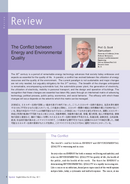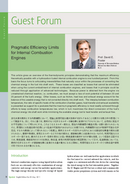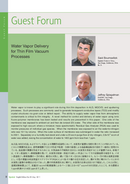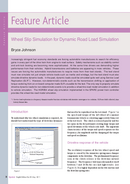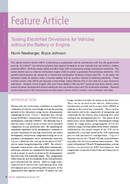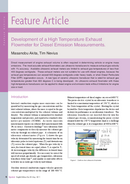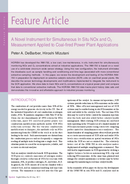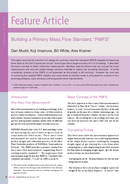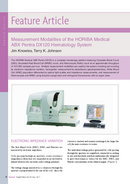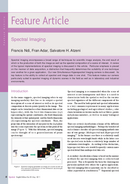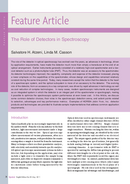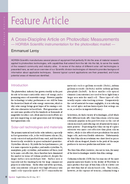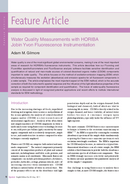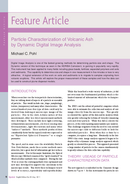PDF
3.93
MB
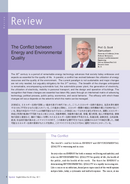
The Conflict between Energy and Environmental Quality
Author: G. Scott Samuelsen
– The 20th century is a period of remarkable energy technology advances that society today embraces and expects as essential for the quality of life. In parallel, a conflict has evolved between the utilization of energy resources and the quality of the environment. The current paradigm is not sustainable and major changes are not only needed, but arguably obligatory for the 21st century. The breadth of the changes anticipated is remarkable, encompassing automobile fuel, the automobile power plant, the generation of electricity, the utilization of electricity, mobility in personal transport, and the design and operation of buildings. The recognition that these changes are essential has taken fifty years through an intertwined matrix of advancing technology, political process, public policy, economics, and social behavior. The efficacy with which these changes will occur depends on the extent to which this matrix can be managed.



